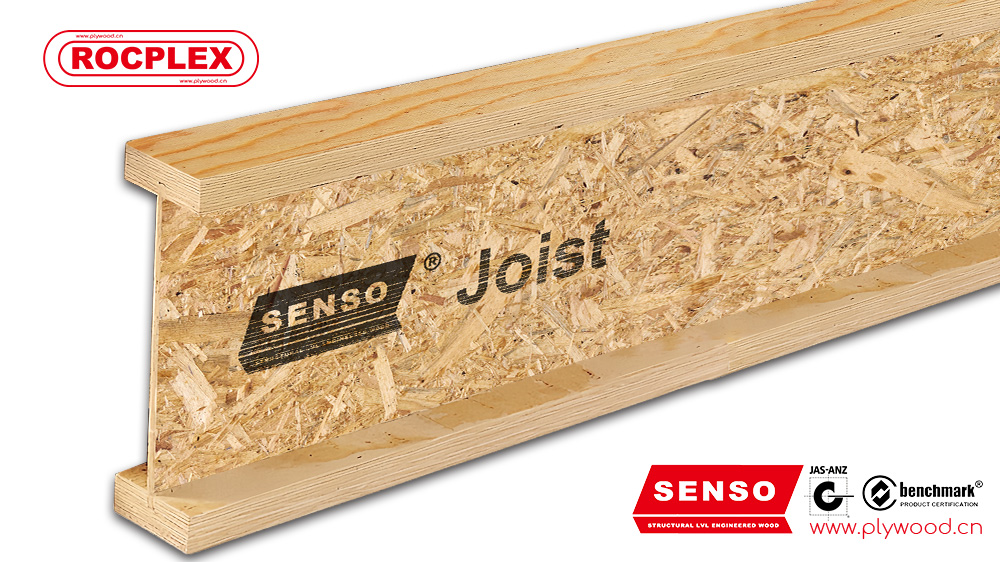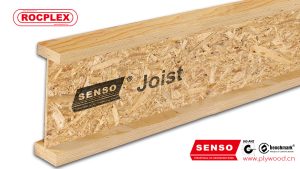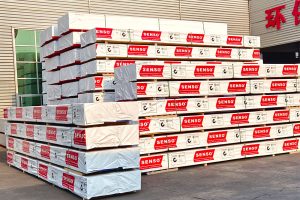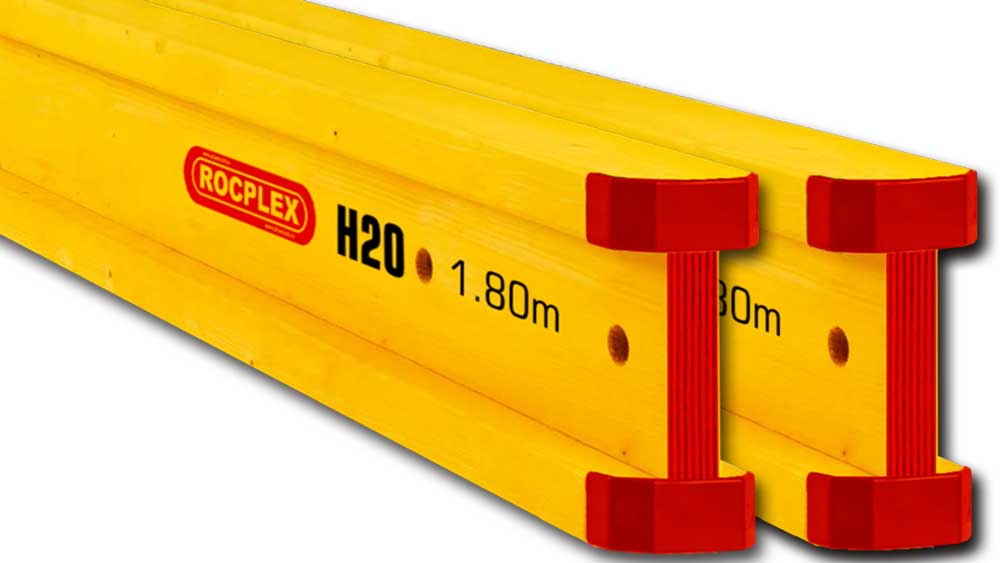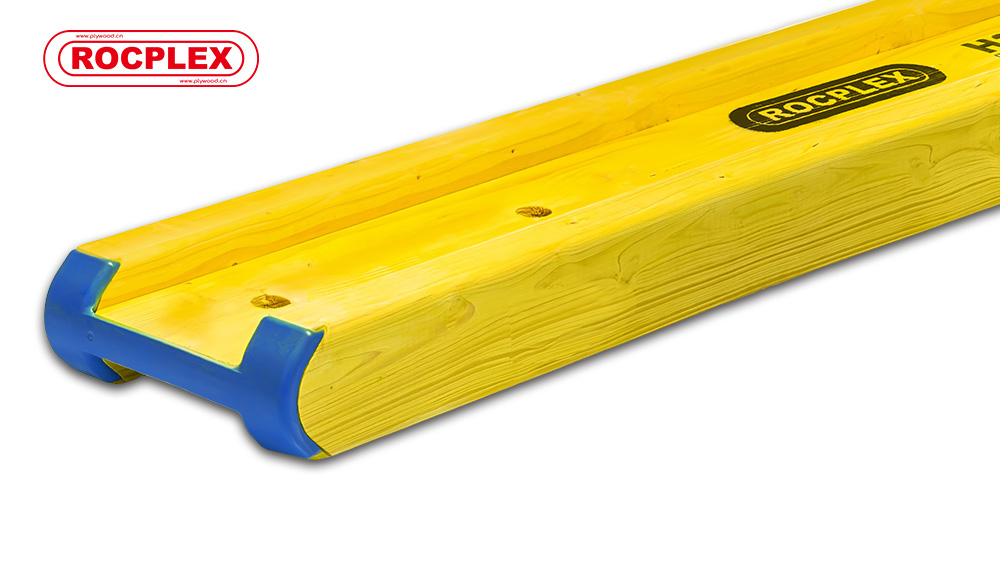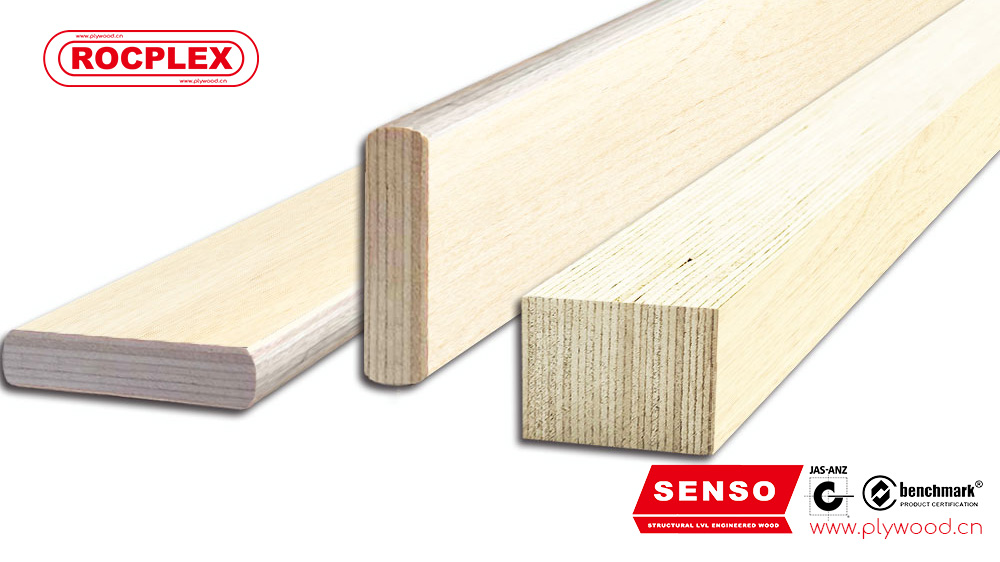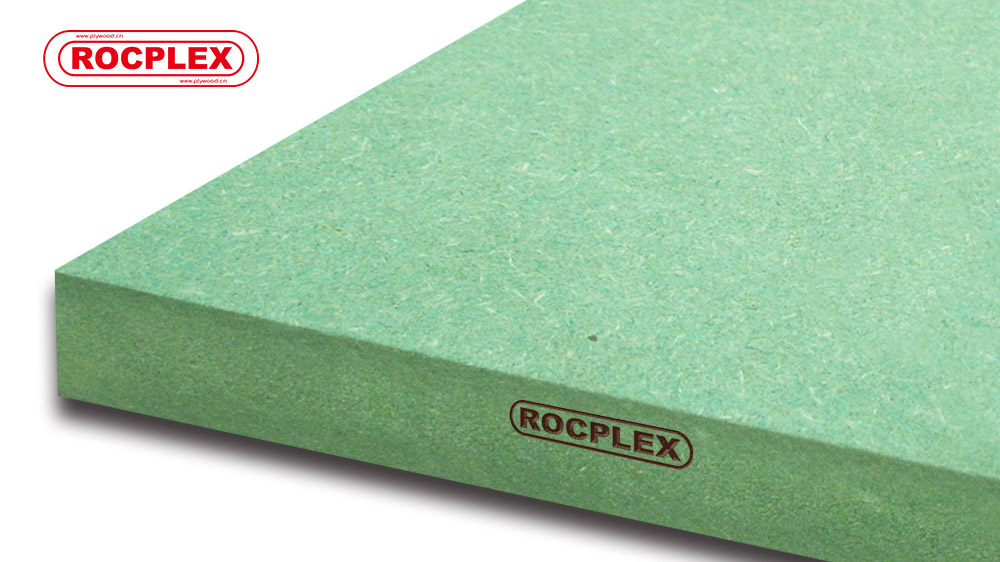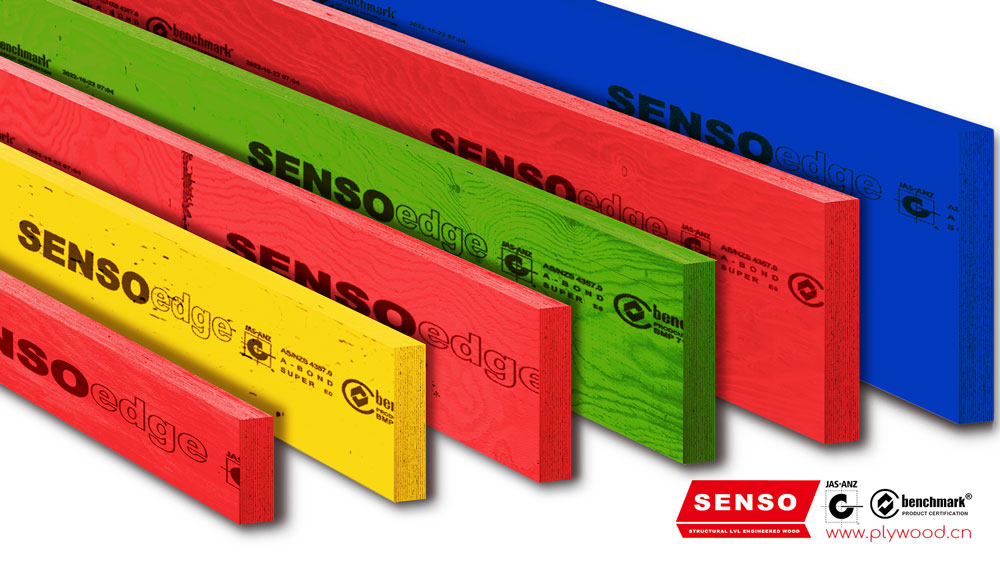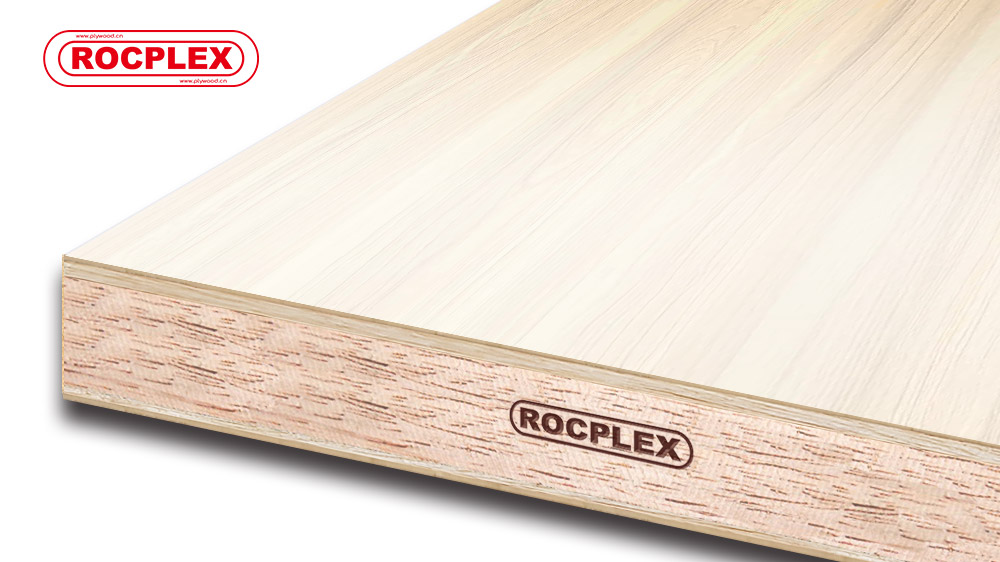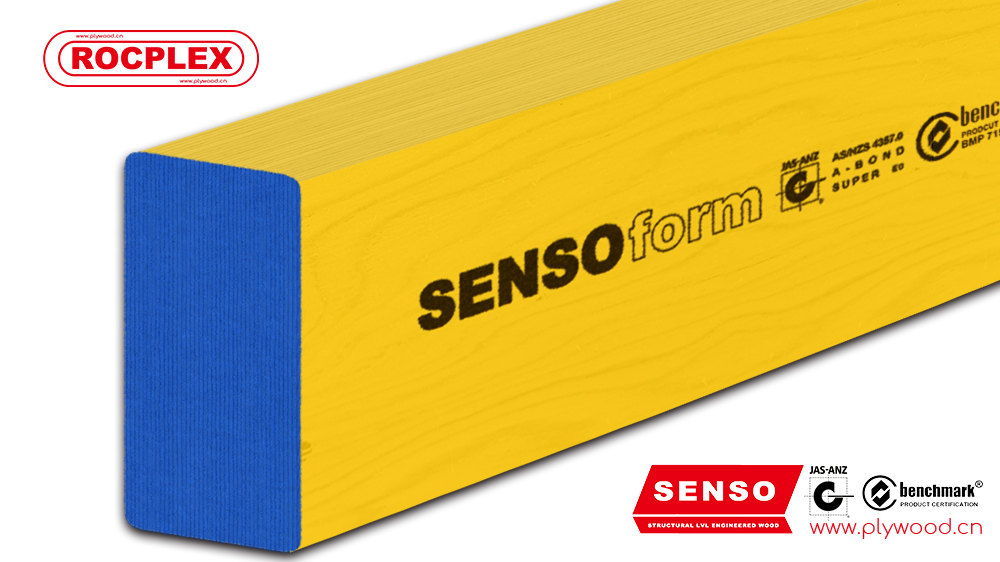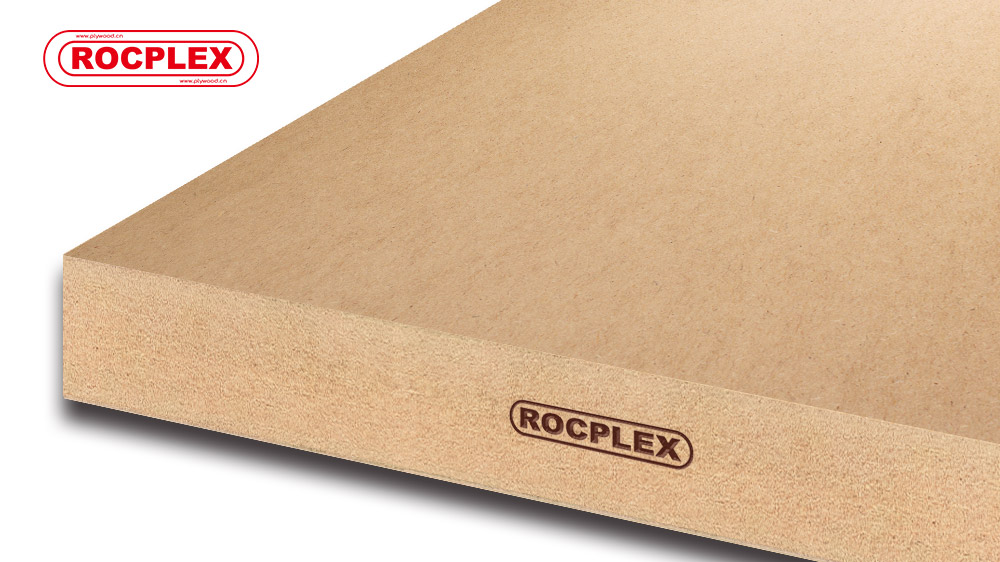Engineered Wood I Jiost Beam
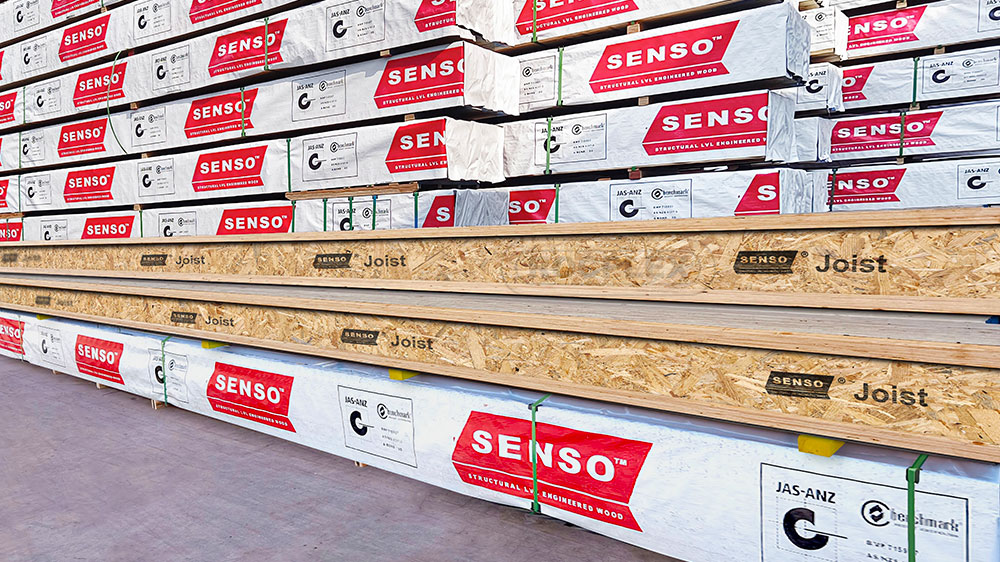
SENSO Engineered Wood I Jiost Beam
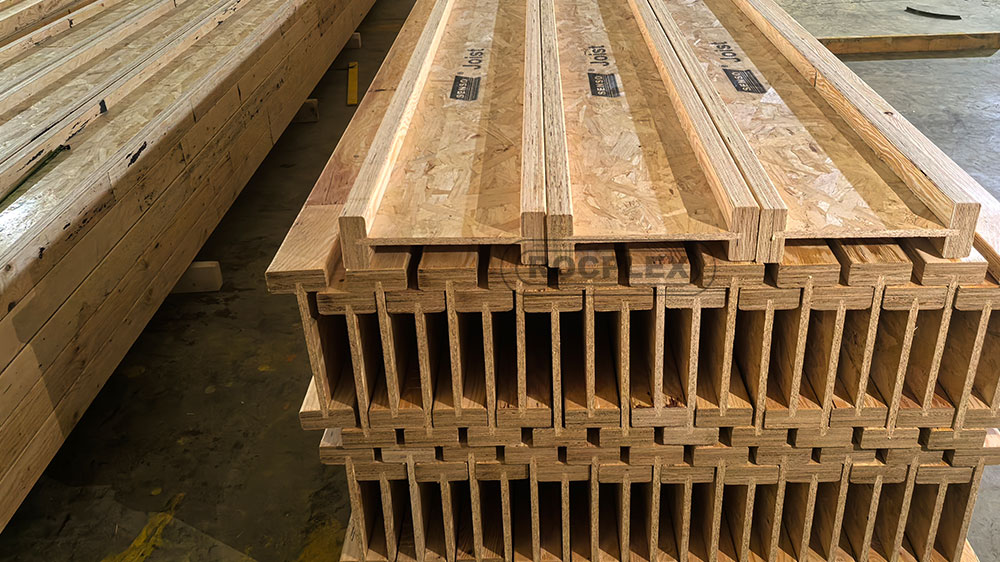
SENSO engineered wood I joist beam is crafted to meet the rigorous demands of modern construction. It blends structural LVL flanges with a robust OSB3 web, forming a composite “I” section that enhances load capacity and reduces material use. These beams perform consistently across long spans, helping builders reduce labor and achieve faster project timelines.
The LVL flanges are made from high-grade timber, stress-rated to E14/F17 standards, providing the strength needed in residential and light commercial applications. The 12mm OSB3 web allows secure fastener retention and easy routing of mechanical systems. This makes SENSO beams practical and efficient during installation.
Dimensional consistency is guaranteed. Each joist is machine-fabricated with minimal variation and excellent resistance to warping or shrinkage. With span lengths up to 12 meters, SENSO I joists help minimize the need for intermediate supports.
SENSO beams are certified to ISO 9001 and ISO 14001 and meet AS/NZS 4357 and EN300 standards. Formaldehyde emissions fall below E0 and Super E0 thresholds, ensuring safe use in indoor environments. Termite protection (H2-S) is applied for specific Australian regions.
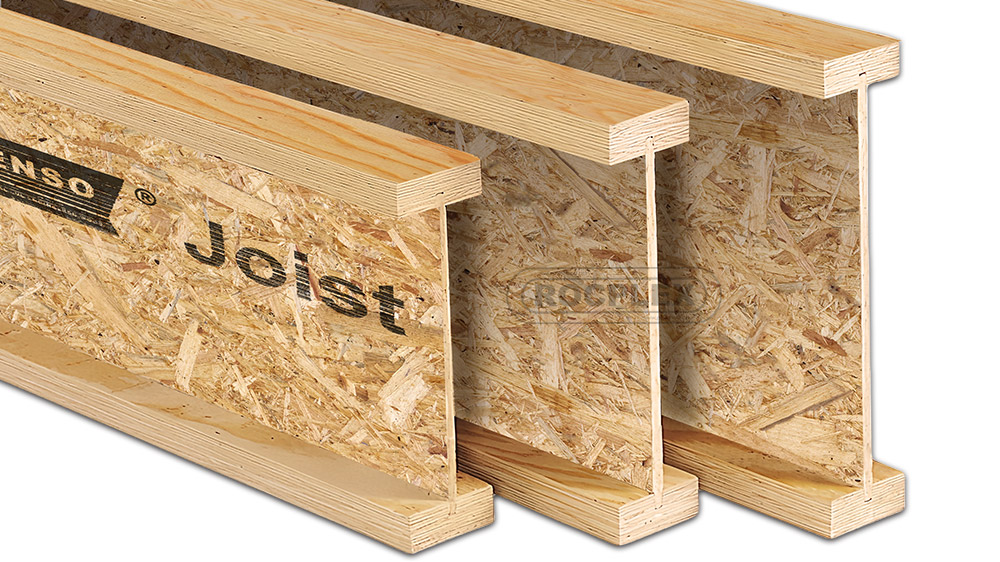
>>>
SENSO Engineered Wood I Jiost Beam Type

>>>
SENSO Engineered Wood I Jiost Beam Production Process

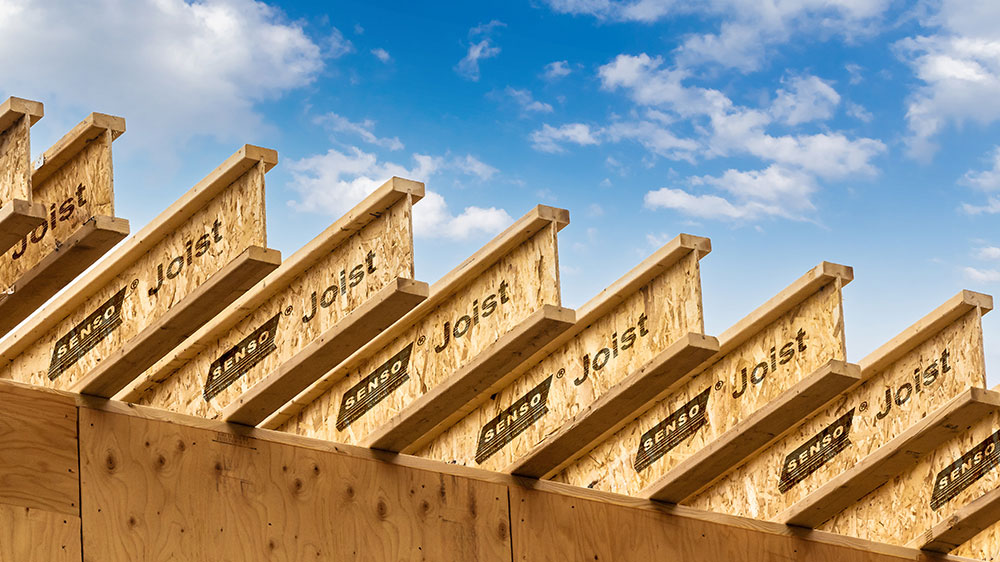
>>>
SENSO Engineered Wood I Jiost Beam Features & Benefits
- Extended Spanning Capability
- Lengths up to 12 meters reduce support requirements and speed construction.
- Superior Load Performance
- E14-grade LVL and OSB3 deliver strong load-bearing strength with reduced weight.
- Lightweight for Fast Installation
- Easy to carry, place, and connect on-site, cutting time and labor costs.
- Dimensional Accuracy
- Machine-pressed structure limits defects and ensures uniform sizing.
- Drilling and Service Access
- 12mm web simplifies service penetrations for plumbing and electrical needs.
- Safe and Certified
- FSC and PEFC options available; compliant with emission and termite protection standards.
- OEM or ODM service available
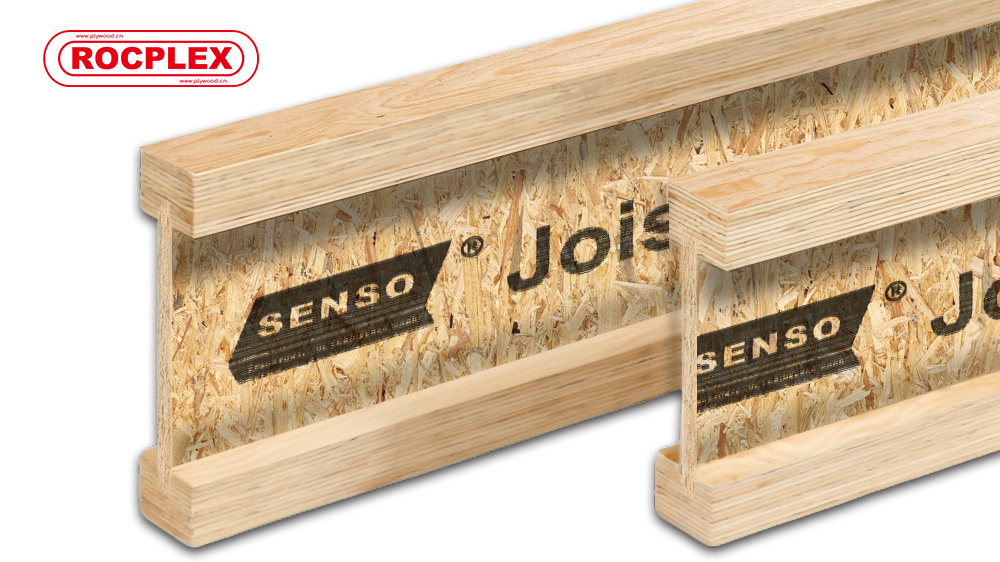
>>>
SENSO Engineered Wood I Jiost Beam Certified By
 |  |  |  |  |  |  |
SENSO engineered wood I joist beams are widely used in floor systems for residential and multi-unit housing.
SENSO provide support in long-span roof framing for schools, offices, and commercial buildings.
They are suitable for wall studs and rafters in high-performance thermal insulation assemblies.
Their lightweight and straightness enhance panel and board installation.
Contractors prefer them for clean, fast, and accurate framing on timber builds.
Build smarter with SENSO engineered wood I joist beam—your partner for high-strength, long-span structural framing. With complete size options, span data, and global shipping support, SENSO stands as a trusted I joist supplier and factory. Contact ROCPLEX now for a customized solution to your project needs.
>>>
SENSO Engineered Wood I Jiost Beam FAQ
Q: What is a SENSO Engineered Wood I Joist Beam?
A: SENSO engineered wood I joist beam is a high-performance structural member made with laminated veneer lumber (LVL) flanges and an OSB3 web. It is designed to provide strong, stable, and lightweight support for floors, roofs, and walls in residential and commercial construction.
Q: Can services (plumbing, electrical, HVAC) pass through the joists?
A: Yes. The 12mm OSB web allows for easy drilling of holes for mechanical services without compromising the structural integrity of the beam.
Q: What standards do SENSO I joists comply with?
A: SENSO engineered wood I joists meet AS/NZS 4357, EN300, and AS/NZS 2269. They are manufactured under ISO 9001 and ISO 14001 certified systems for quality and environmental management.
Q: Are SENSO I joists safe for indoor use?
A: Yes. The formaldehyde emissions of SENSO I joists are rated E0 and Super E0, well below international thresholds. This makes them safe for indoor environments.
Q: Can I use SENSO I joists in roof and wall framing?
A: Absolutely. They are ideal for both floor and roof systems and can be used as wall studs in thermally insulated or passive buildings due to their straightness and strength.


